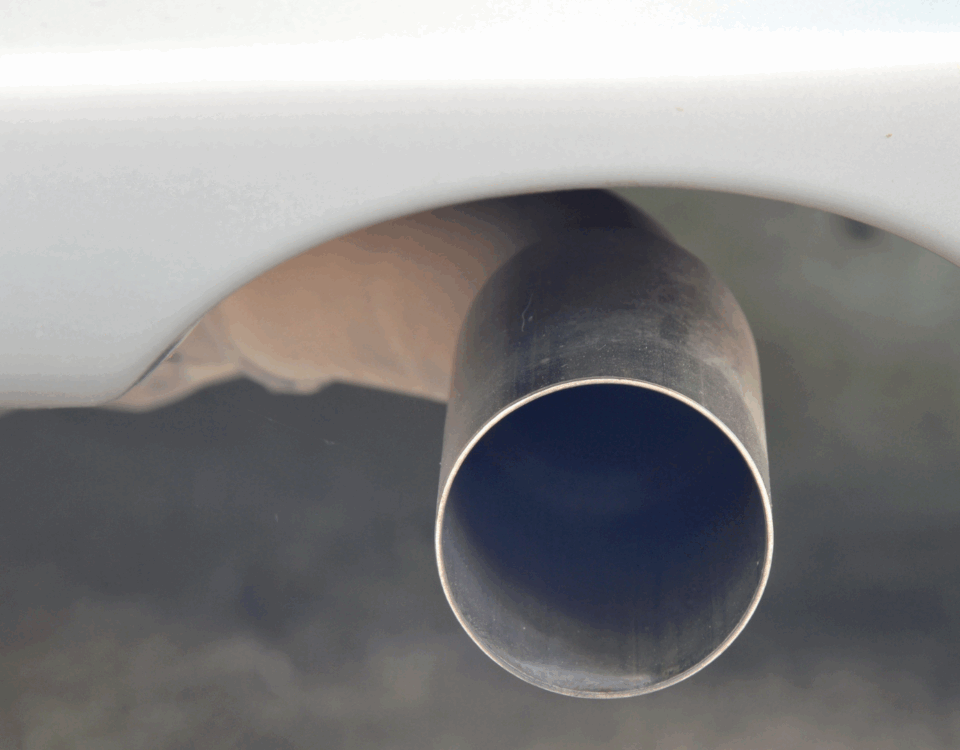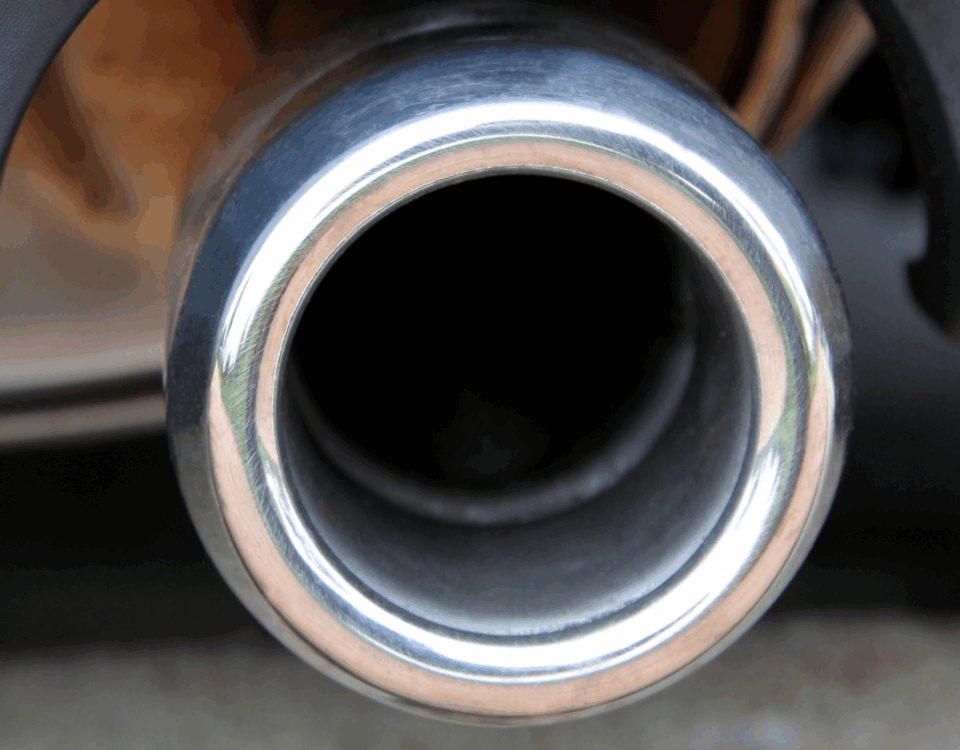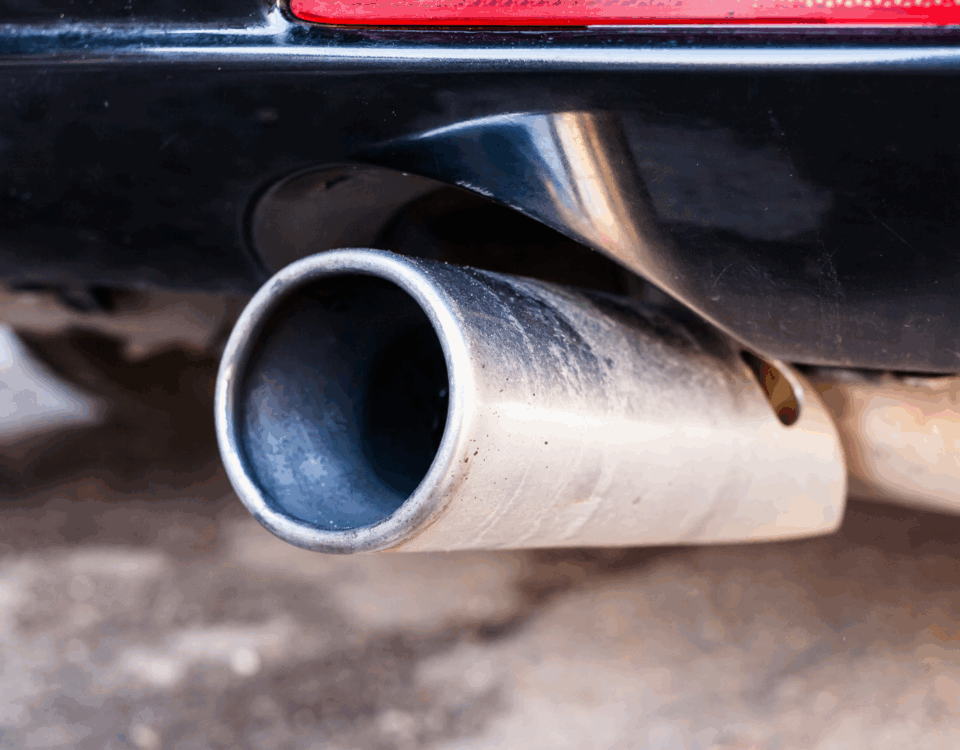
Smog Check 101: Everything You Need to Know for a Hassle-Free Experience
November 14, 2023What to Expect at a Smog Inspection Station: An Insider’s Look
November 17, 2023As responsible vehicle owners, it’s essential to ensure that our cars not only run smoothly but also meet environmental standards. The smog check, or emissions test, is a crucial step in maintaining air quality and complying with local regulations. This comprehensive guide will walk you through the steps of preparing your vehicle for a smog check, helping you navigate the process with confidence.
Understand the Smog Check Process:
Before diving into preparations, familiarize yourself with the smog check process. Understanding the key components, such as emission level measurements, the OBD-II system check, and visual inspections, provides a foundation for effective preparation.
Know Your State’s Requirements:
Every state has its own smog check requirements, including testing frequency and emission standards. Research and understand the specific regulations in your state to ensure compliance.
Regular Vehicle Maintenance:
Routine maintenance is your first line of defense against smog check issues. Regularly change the oil, replace air filters, and ensure that your engine is running optimally. Well-maintained vehicles are more likely to pass the smog check.
Address Warning Lights Promptly:
The presence of warning lights, especially the “Check Engine” light, can signal potential issues that may lead to a failed smog check. Address these warning lights promptly to prevent more significant problems.
Drive Your Vehicle Before the Test:
Some vehicles require a bit of driving to complete their self-diagnostic tests. Drive your car for at least 20 minutes before the smog check to ensure accurate readings from the On-Board Diagnostics (OBD-II) system.
Check and Maintain the Catalytic Converter:
The catalytic converter plays a crucial role in reducing harmful emissions. Ensure it is in good condition, and if it’s faulty, have it repaired or replaced before the smog check.
Verify Tire Pressure:
While not directly related to emissions, maintaining proper tire pressure can contribute to overall vehicle efficiency. A well-maintained vehicle performs better on the road and is more likely to pass the smog check.
Choose a Reputable Smog Check Station:
Selecting a licensed and certified smog check station is crucial. Check online reviews and ask for recommendations to find a reliable station that follows proper testing procedures.
Keep Records:
Document all maintenance and repairs performed on your vehicle. This documentation can be valuable if any questions arise during the smog check process.
Address Failures Promptly:
If your vehicle fails the smog check, work with a qualified mechanic to identify and address the issues promptly. Some states offer waivers or financial assistance for necessary repairs.
Preparing your vehicle for a smog check is a proactive step toward environmental responsibility and compliance with local regulations. Regular maintenance, addressing warning lights, and choosing a reputable smog check station are key factors in ensuring a hassle-free experience. By following this complete guide, you’ll be well-equipped to navigate the smog check process and contribute to cleaner air in your community.
Read More:
Understanding Smog Checks: Why They Matter for Your Car and the Environment
Smog Check 101: Everything You Need to Know for a Hassle-Free Experience






